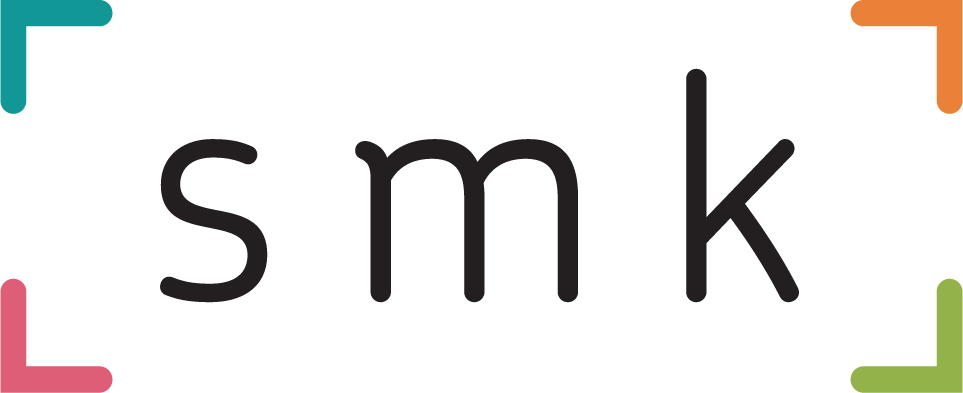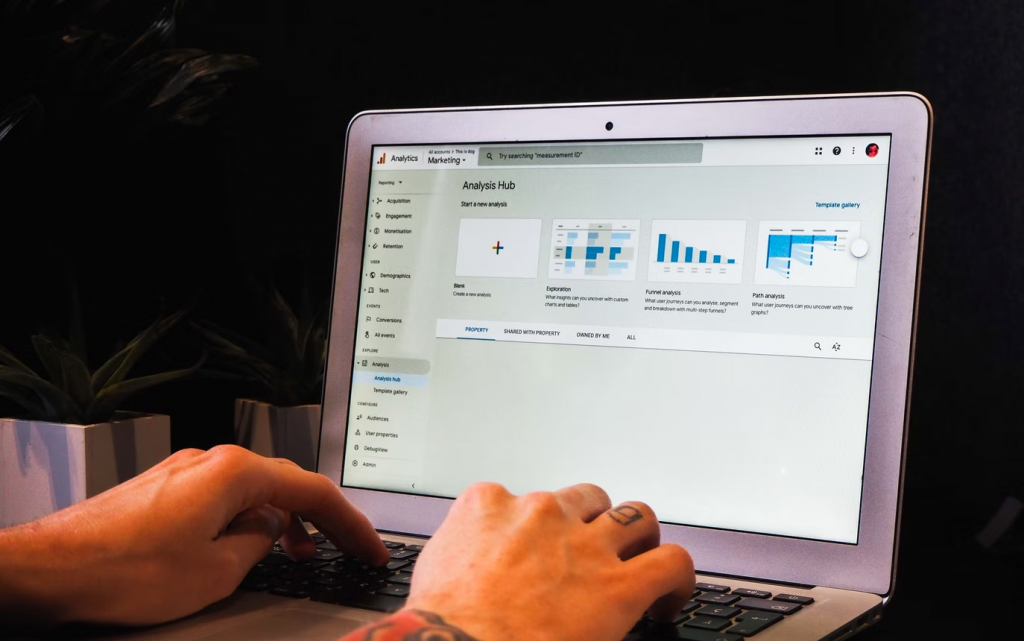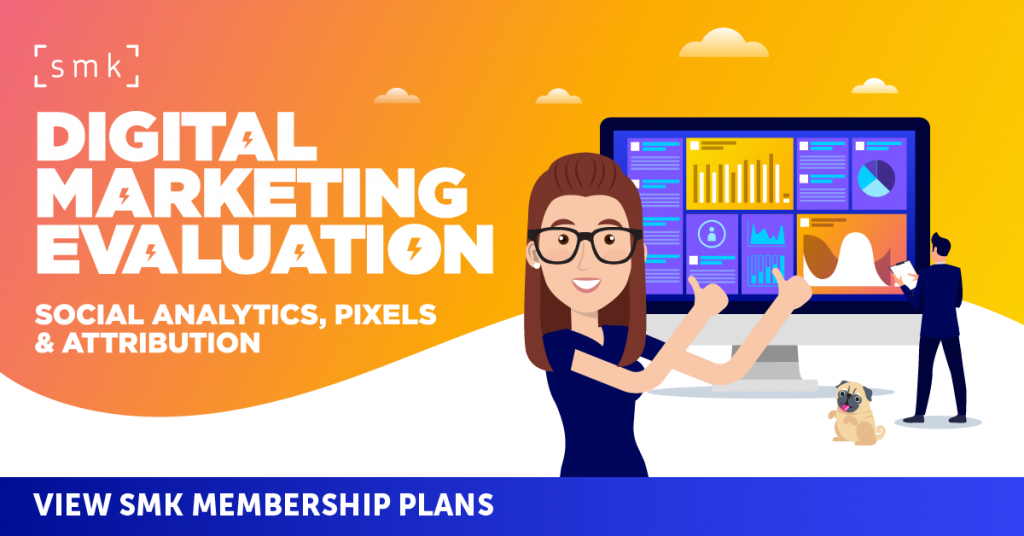The A in GA4 just got juicer as Google Analytics 4 has introduced three new metrics to the platform. The trio will be available across surfaces such as explorations, segments, audiences, reports and the Google Analytics Data API.
The new dimensions and metrics are bounce rate, UTM term and UTM ad content and conversion rate. It matters because marketers always want to see as much data as possible, especially around the launch of a new product, service or feature. More insights will let marketers make more considered, data-backed decisions or will let them diagnose and treat campaign performance issues better.
The difference between dimensions and metrics
Metrics and dimensions help us understand data. Metrics are quantitative data measurements and dimensions are how Google describes the data.
For example, dimensions such as browser, country, language, campaign and device category are used to organise, sort, describe and segment data.
Meanwhile, metrics are expressed through numbers and show how your website is performing in relation to a dimension. Good examples of this are acquisition, behaviour and conversions.
Metrics answer questions. They tell marketers how many people visited your site, how many of them were first timers and things like the exit rate.
So, you’d use a dimension such as country to describe data such as users. The dimension (country) can tell you where most of your users (metric) come from. If you’re a global business, you can see what impact that latest campaign is having on website traffic thanks to a combination of dimensions and metrics.
But back to the new update. What are they and what does each dimension or metric do?
Bounce rate
Bounce rate is the percentage of sessions that were not engaged sessions.
“In other words, Bounce rate is the inverse of Engagement rate, which is the number of engaged sessions divided by the total number of sessions in a specified time period.
“Bounce rate is available in Explorations and Reporting Customisation.”
In GA4, bounce rate is calculated differently from Universal Analytics. In UA, the bounce rate was found by looking at the percentage of single page sessions in which there was no interaction with the page. For example, if a user visits a page but leaves before clicking on any links it will count as a bounce.
However, in GA4 a bounce occurs if a user visits your website, reviews content for a few seconds and then leaves.
The change in reporting is useful for marketers because it allows them to measure how customers engage with a website or app to a greater level. And if you operate single-page applications, every visit would be a bounce in Universal Analytics, so under the old measurement, you wouldn’t get an appropriate data response.
“For example, if you operate a blog, you might not mind if customers visit your site to read an article and then leave. You probably care more about the number of customers who visit your site, don’t find what they were looking for, and then quickly leave.”
UTM term and UTM ad content
User-scoped and session-scoped dimensions have been added to UTM term and UTM ad content parameter values in Explorations, Reporting and Audience Builder.
For UTM content, first user manual ad content and session manual ad content have been added as parameters.
For UTM term, first user manual term and session manual term have been added across user and session scopes.
Conversion rate
Conversion rate has two new metrics that let users report on the conversion rate for any conversion event:
- Session conversion rate is the percentage of sessions in which a conversion event was triggered.
- User conversion rate is the percentage of users who triggered any conversion event.
Engagement rate
As mentioned before, engagement rate is the number of engaged sessions divided by the total number of sessions in a specified time period.
In GA4, this is calculated as the number of sessions that lasted longer than 10 seconds, had a conversion event or had at least two pageviews or screenviews.
When viewed with bounce rate, engagement rate can tell you how many users are interacting with your site vs the amount who don’t. It can be used to find out what content sparks a response vs what falls flat and allows marketers to make informed decisions about the direction of campaigns.




RECOMMENDED FOR YOU
Meta Bets Big on Meta AI
Meta has recently amplified its role in the generative…
Meta has recently amplified its role in the generative…
LinkedIn Trials Premium Company Page Business Subscription
LinkedIn is looking to follow Meta’s lead as it…
LinkedIn is looking to follow Meta’s lead as it…
Google Introduces New Generative AI Video Tools
Google has recently enhanced its creative tools by integrating…
Google has recently enhanced its creative tools by integrating…